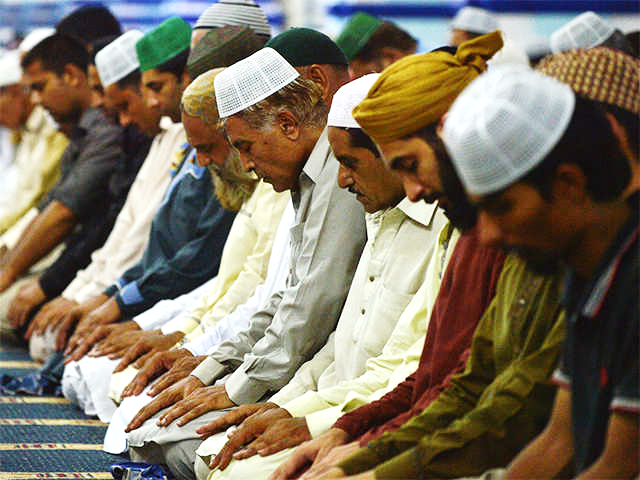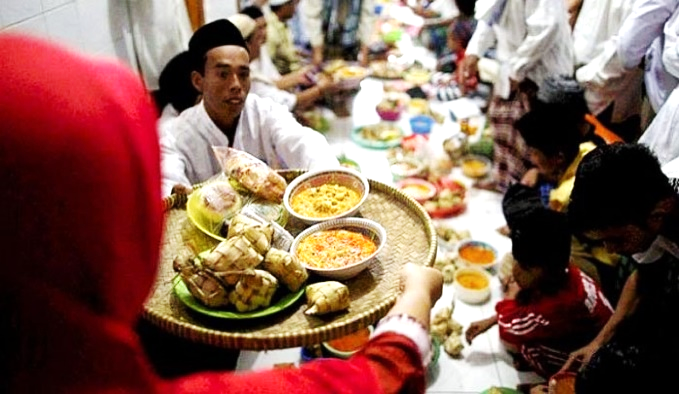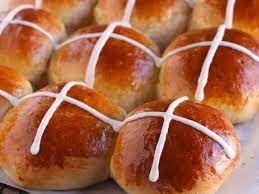
Avellon Williams
TRINIDAD AND TOBAGO- While fasting occurs in various religions at different times of the year, this year holds special significance as three religions are fasting simultaneously: Muslims, Catholics, and Hindus.
Fasting is a religious ritual practice. It is a means of purifying oneself and abstaining from one’s desires. While the duration, practice, and specific reasons differ, all fasts have similar goals of showing sacrifice and cleansing oneself.
The information below provides a brief overview of the three major religions:
MUSLIMS
From dawn to sunset for the month of Ramadan April 3, to May 2, Muslims across the world observe a month-long rigorous fasting; one of the fundamentals of Islam, the ninth month of the Islamic calendar a month of fasting to commemorate the first revelation of the Quran to Muhammad. The month-long holiday is a time to worship and strengthen family and community ties.
Each day, people don’t eat from dawn to sunset. It’s common for Muslims to have a pre-fast meal (suhoor), and to snack on a few dates at sunset followed by a post-fast meal (iftar), which is often shared with family and friends.
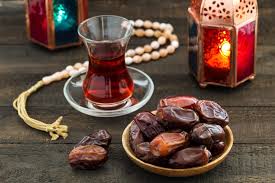
This helps them focus on their spirituality and also helps them empathise with the less fortunate people in society. They will not eat or drink anything during this time, not even drink water.
Fasting is a way for Muslims to remember the suffering of people in other countries who are not able to get food or water. And most important to learn self-restraint. Muslims believe that fasting purifies their body and soul, and they believe that it is a way to show their devotion to Allah.
Muslims celebrate the end of Ramadan with a festival called Eid al-Fitr. During the last days of the month, Muslims donate money to the poor to make sure they, too, can have the holiday meal.
Specific foods vary by region or country. Candies and pastries are a big part of the tradition. It is common practice to give zakat (charity) on this day or during the month of Ramadan and to attend prayer in the morning, followed by celebration and food with friends and family.
CATHOLICS

Lent marks the 40 days leading up to Jesus’s death and resurrection. The Catholic Church has long observed Lent as a time of fasting and penance. From sunrise to sunset, Lent is a period of fasting, prayer, and almsgiving.
Started on March 2 and will continue till April 14 and culminate in the Joyous festival of Easter. The observance of Lent may involve giving up something that is enjoyed or pleasurable as a form of sacrifice or discipline.
The traditional practice among Catholics during Lent includes fasting on certain days, abstaining from meat, giving up one’s luxuries for 40 days such as chocolate, alcohol, etc, and praying at designated times.
It is a time for Catholics to reflect on their sins and ask for forgiveness from God.
Fasting also reminds people that they should not be too proud or greedy, but should instead share their food with those who are less fortunate than them. Catholics who fast for lent have the opportunity to sacrifice something to grow in holiness.
After the many weeks of Lent, Easter, which marks the resurrection of Christ, is usually celebrated with a big family meal.
It often includes eggs, hot cross buns, and lamb or ham. Eggs symbolize rebirth and rejuvenation. People dye their eggs bright colors and hide them as part of an Easter egg hunt, or they put deviled eggs or egg salad on the menu.
Candies like jelly beans and chocolate bunnies are also part of Easter traditions. Fasting is not always easy, but it can be a powerful spiritual discipline that can lead to growth in holiness.
HINDUS
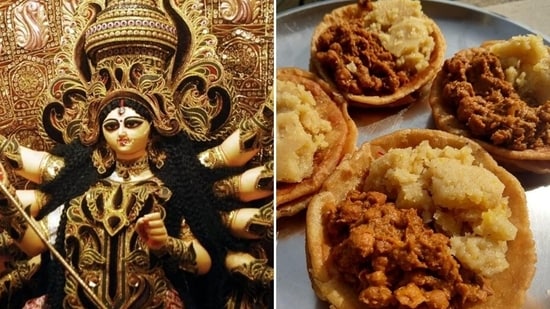
The nine-day Hindu festival observed during the lunar month of Chaitra Navratri began on April 2 and will conclude on April 10 with Ram Navami, celebrated with much pomp across the country.
Believers worship the nine forms of Maa Durga, the Goddess who symbolizes power and strength during these nine days, fast and feast on delicious Navratri-special snacks.
Hindus fast every Monday of a lunar month to show their respect for the deities, who only enjoyed the food on Mondays. They typically eat only once between sunrise and sunset and drink plenty of water to stay hydrated, abstaining from grains and eating sparsely. Eating meat is forbidden during fasting among most Hindus.
The two most auspicious days during Chaitra Navratri are the final two days. They hold special significance among Hindus and are marked as Ashtami and Navami. The highlight of these two days is the ritual called Kanya Puja. It takes place either on Ashtami or Navami. This year, Ashtami falls on April 9, while Ram Navami is on April 10.
Fasting has been around for centuries and will continue to be a regular practice for many cultures in the future. Ultimately, fasting is not just about giving up food or drinking; it’s about taking control of your desires and being mindful.
It’s a way to purify your body, mind, and soul from sin or negativity. It is an opportunity to pray, reflect on one’s life, and try new things.


